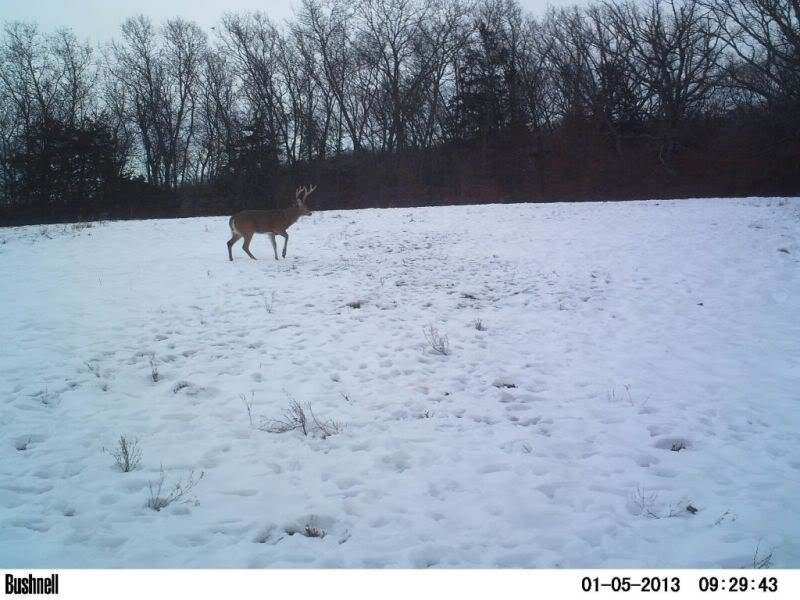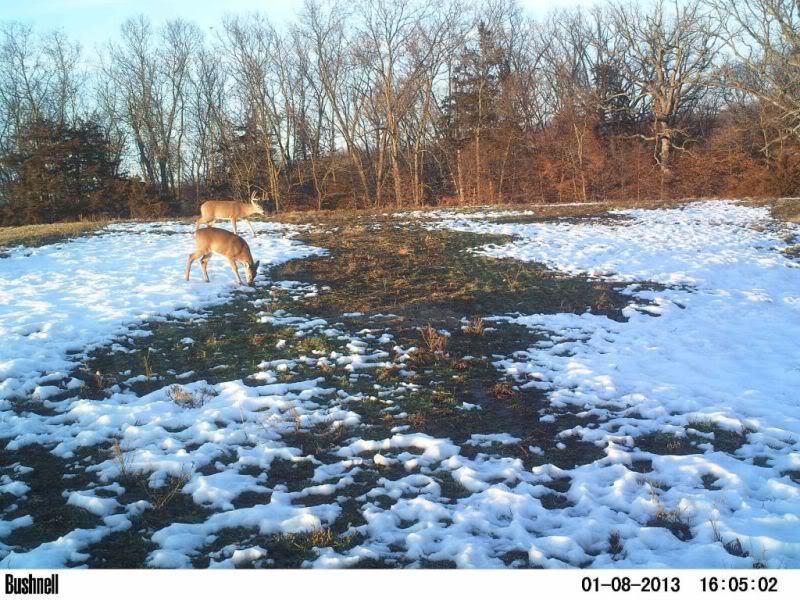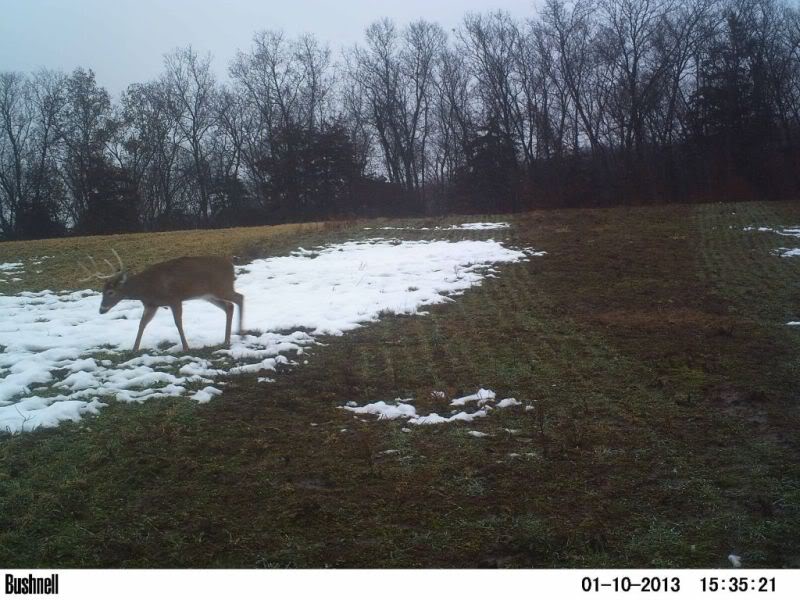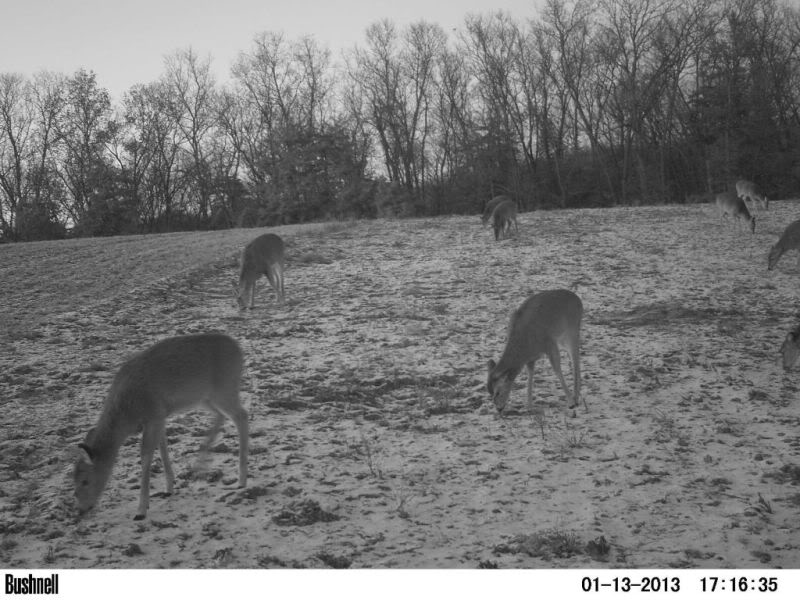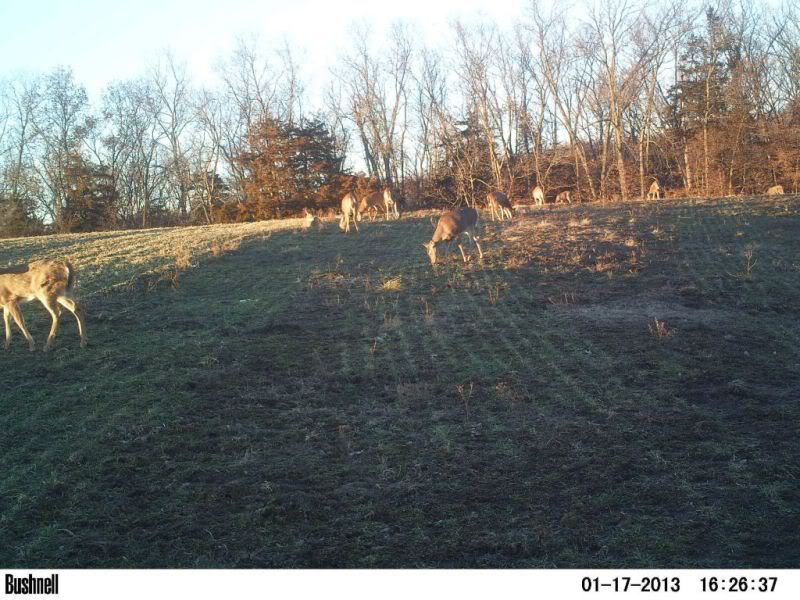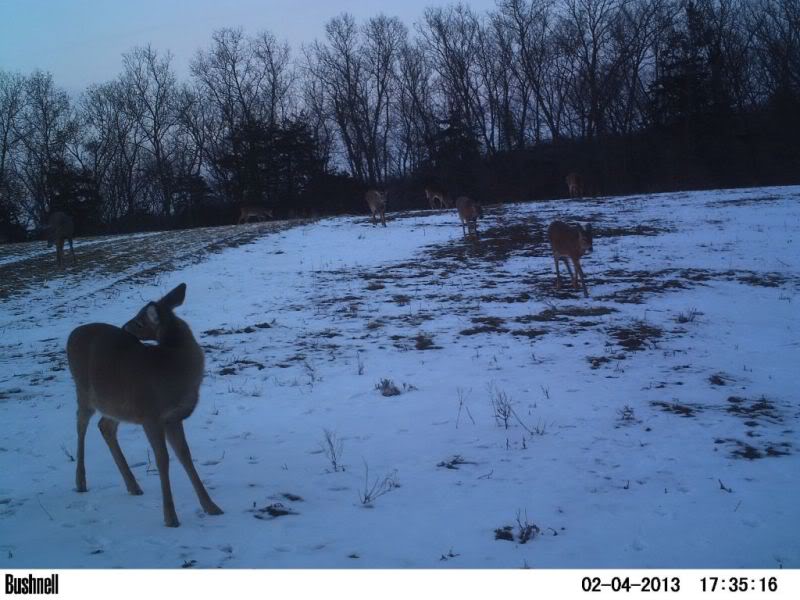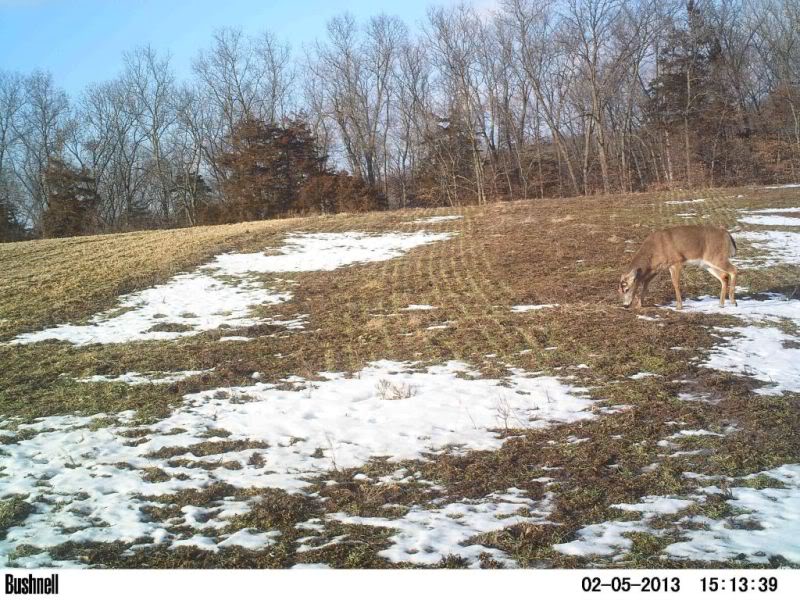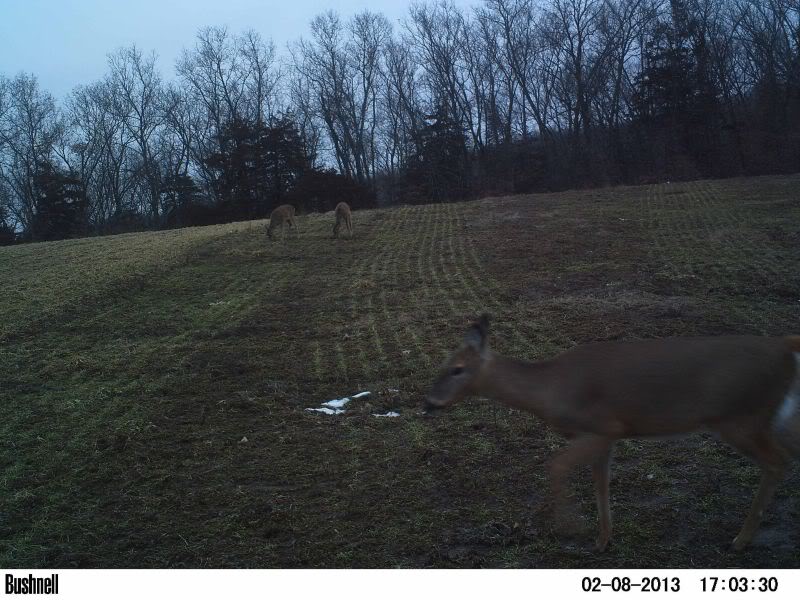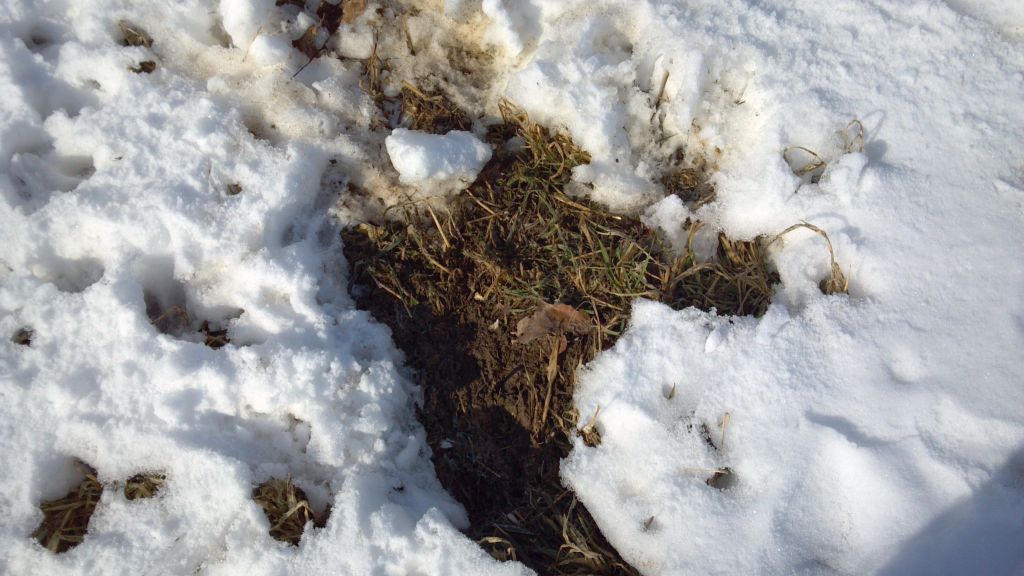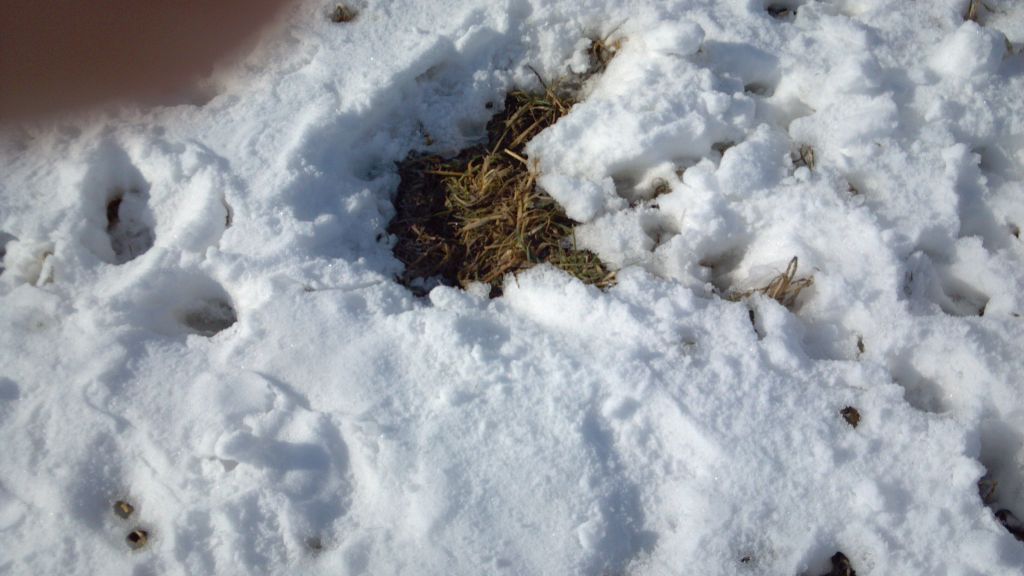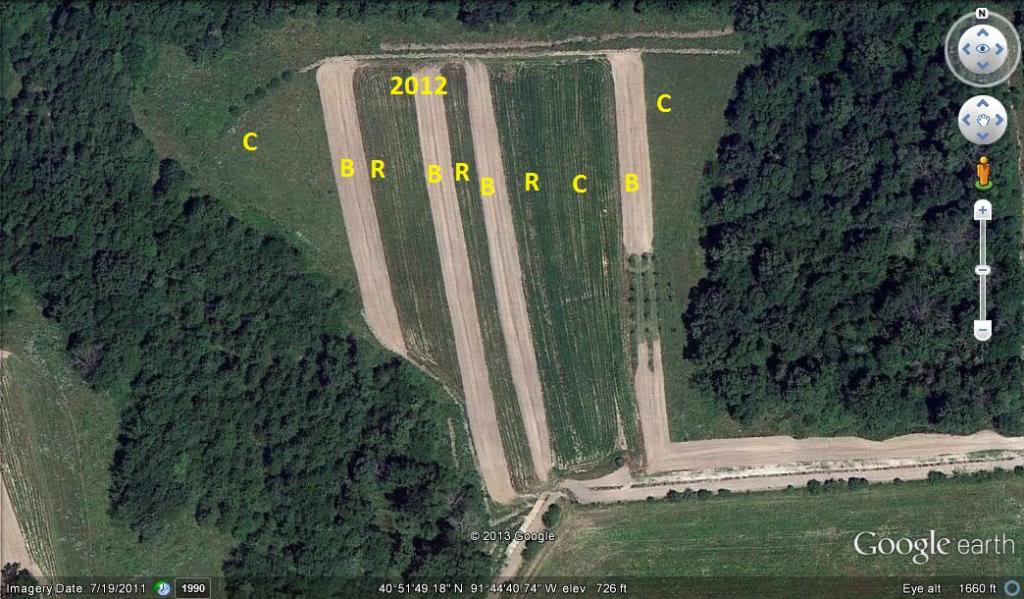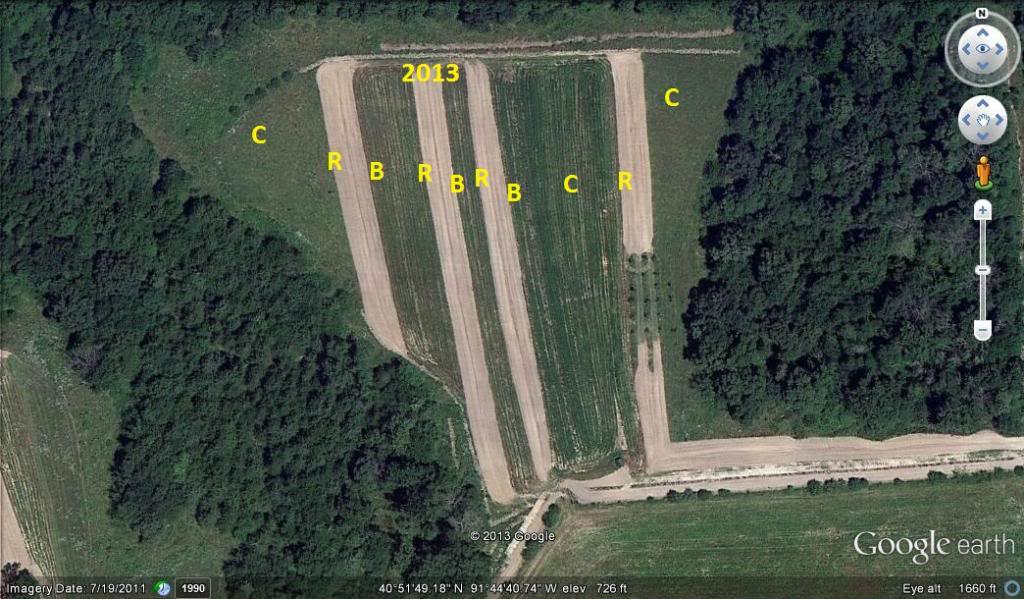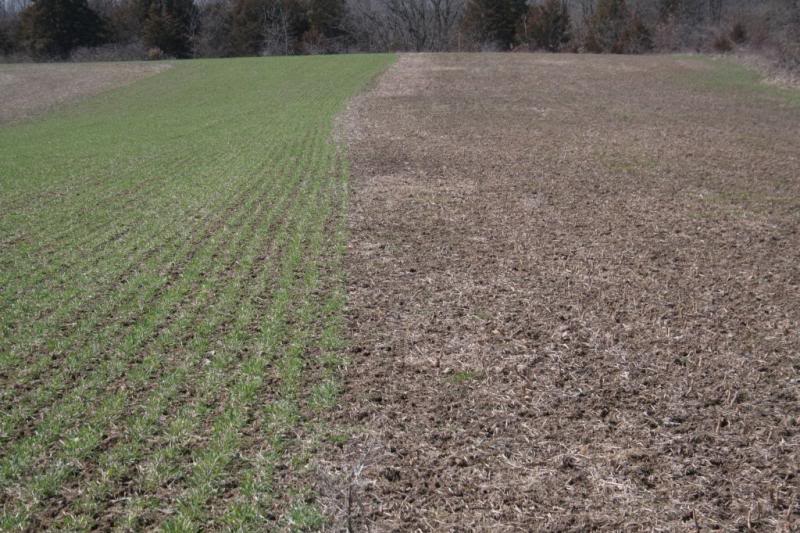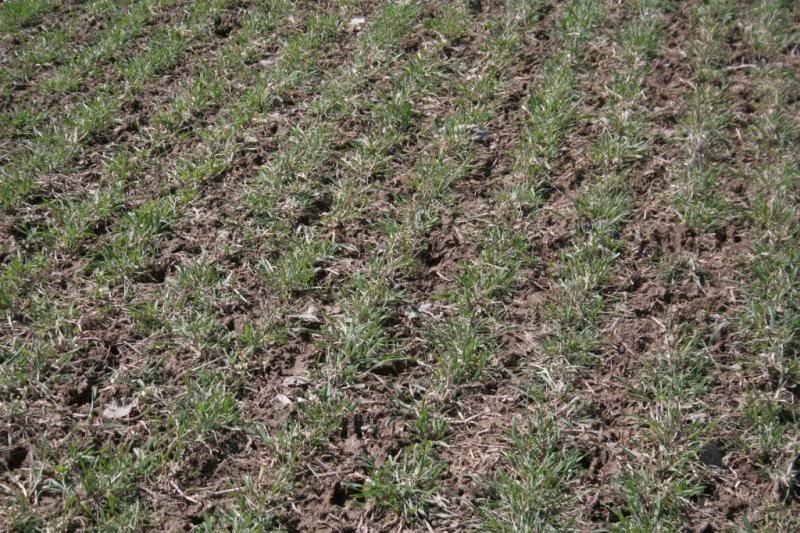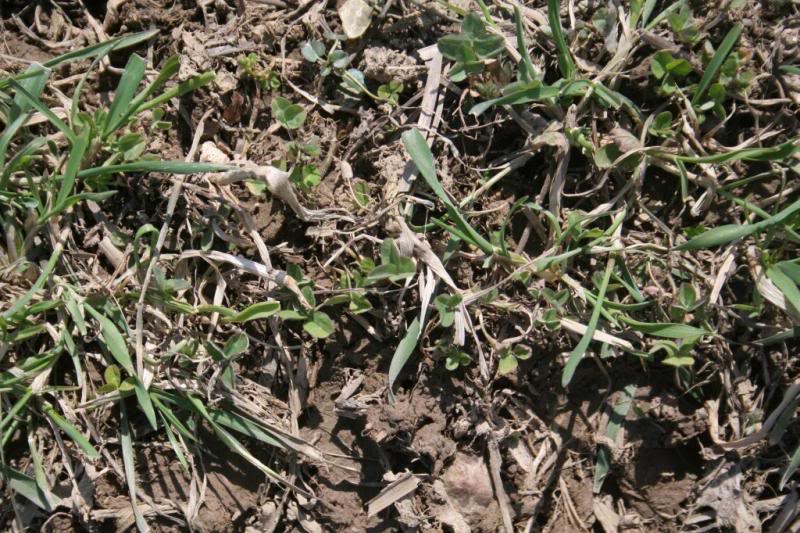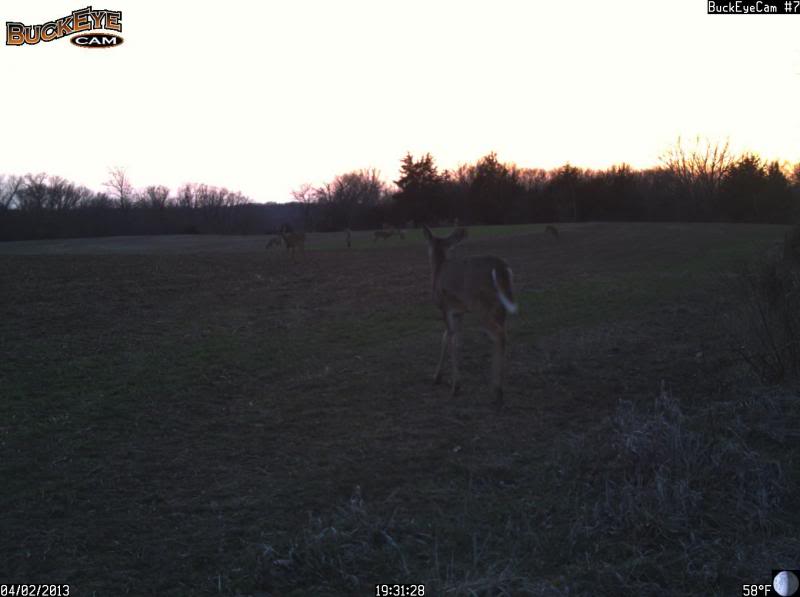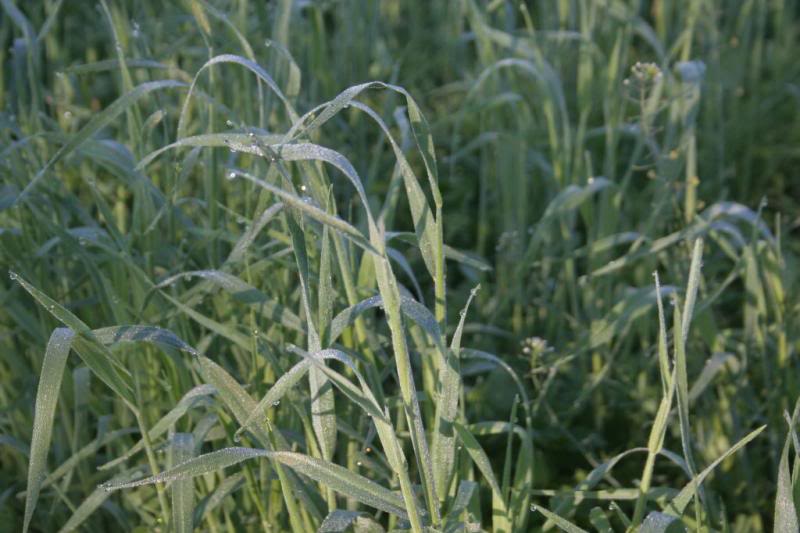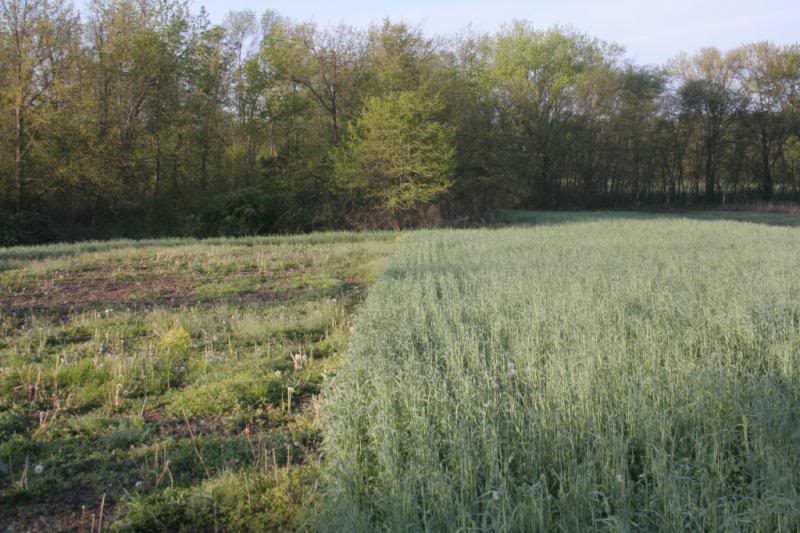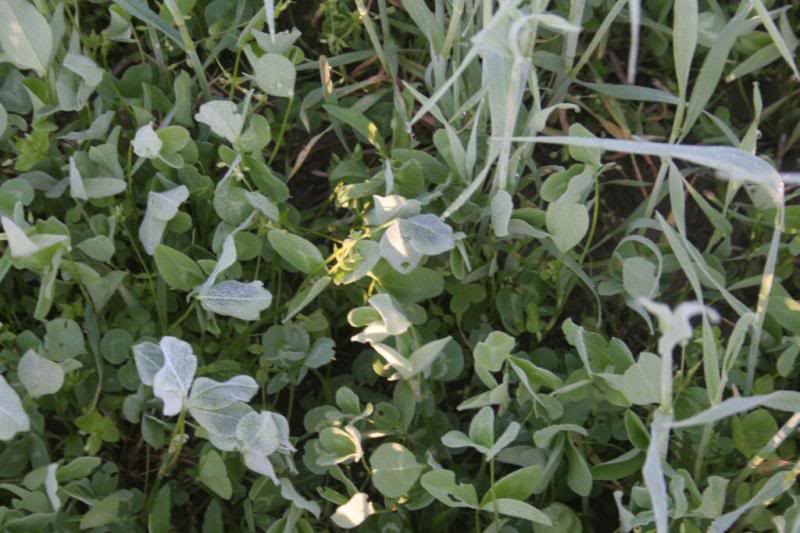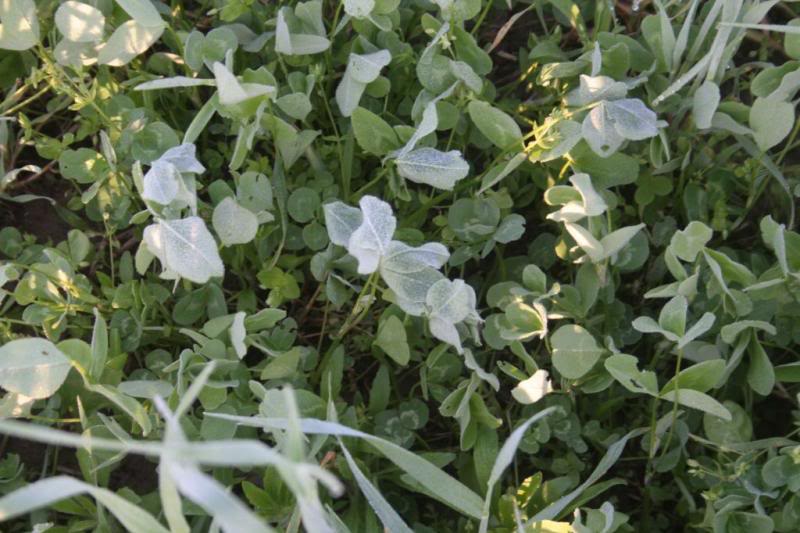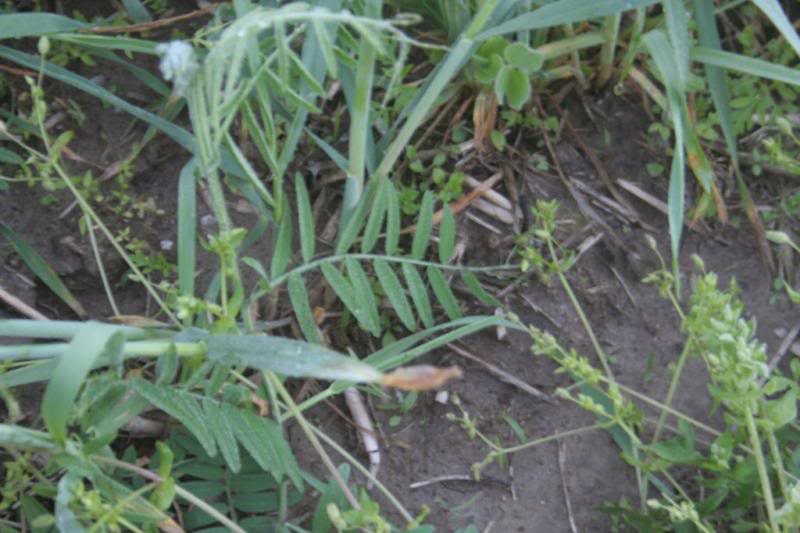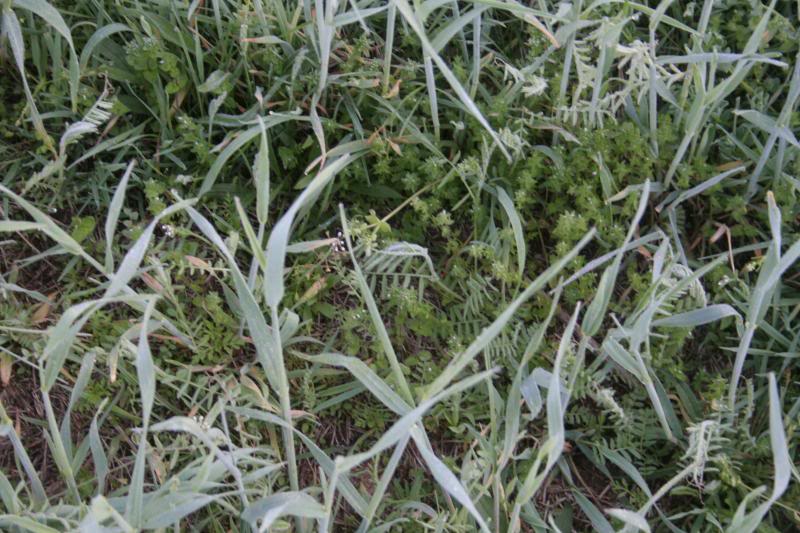February 20th, 2013
Unfortunately, the average landowner passionate about managing their property for whitetails understands very little about soils and the importance of planting crops that enhance rather then destroy the soil. Mostly their only concern is about attracting whitetails during hunting season and then...that lack of knowledge comes back to haunt them in the form of crop failures.
No crops = deer on the neighbors property who had the foresight to grow crops capable of building soils and feeding whitetails at the same time and for the most part, that largely excludes common crops like corn and soybeans that abuse the soil and are intolerant to drought.
Several extremely important things to consider for 2013 and beyond...
The 2011/2012 drought was so severe that
soils are bone dry to 5' below the surface!!! Even with above average rainfall it will take
two years for water to reach that level and replenish subsoil moisture! Think about that...TWO YEARS!!
Now...face this fact...forecasters are predicting that we may very well see continued drought cycle....that's pretty grim news my friends. If subsoils are already bone dry and we receive lower then normal rainfall, that doesn't bode well for growing successful food plots, unless....you are using the right cover crops!
The No Till Farmer is a great resource for info on cover crops and a recent article on extended drought.
Looking back thru the pages of this thread and the brassica thread one can see the outstanding benefits of planting winter rye along with other oft used cover crops such as winter peas, forage radish, red clover, crimson clover, rape and turnips.
Despite the worse drought since 1956 and possibly since the dust bowl days of the 30's, we successfully grew giant turnips and lush winter rye and thanks to those combinations our landowners successfully harvested mature bucks AND....their deer are still there, still feeding on the winter rye!!
Those without, those who plant soybeans and corn....(all of which his long ago gone)...had extremely poor yields and deer left for greener pastures! Now if you live on the east coast with plenty of rainfall, things went well for you but....your time will come....
The following pics are where I no-tilled the rye mix into an older white clover patch, purposefully leaving some areas for comparison. Deer have kept the rye mix mowed to the ground (as they have in 100% of our plots!!) but the rye roots have continued to grow and that is our insurance against disaster!
Winter rye roots extend deep into the soil and that allows water to reach the subsoil that otherwise would take years to get there!
385 miles of roots per acre act like a giant sponge, holding on to and preserving whatever moisture we get
Red clover planted with the rye will also help shade the soil from early spring till tilled under for brassicas in July
Brassica roots will follow the rye root channels deep into subsoils that are NOT as dry thanks to the cereal rye!!
Forage radish planted with the rye also create deep channels and freezing/thawing action helps pulverize hard pan soils which in turn allows the soil to absorb and HOLD moisture
While all of these fantastic things are going on below ground...deer are of course taking advantage of what is happening above ground!
Every time soils warm slightly, the rye continues to grow and in March as the early spring sun warms the ground, deer will flock to the now lush green fields...
What each landowner plants or doesn't plant can be crucial to their habitat/whitetail management plan, consider your options and make the choices right for you. The following works extremely well for us...not only in terms of successful nature buck harvests but in growing lush healthy crops when all others....fail.....
Alice, Kopu II, Durana (or comparable) white clover 10% of plot, sow at 6#'s per acre with the rye combination in the fall or in the spring with oats and berseem clover. Correct Ph and P&K with soil tests
Brassicas in 45% of plot
Purple Top Turnips 3#
Dwarf Essex Rape 2#
GroundHog Forage radish 5#
Plant in mid to late July in most Midwest states, or 60-90 days before your first killing frost, Use 200#'s of 46-0-0 urea and 400#'s of 6-28-28 per acre. Follow the dead brassicas with oats and berseem or crimson clover in mid spring at 60#'s oats and 12-15#'s berseem clover and/or 50#'s of chickling vetch)
Cereal Grain combo in 45% of plot
Winter rye 50-80#'s per acre (56#'s = a bushel)
Spring oats 80-120#'s per acre (32#'s = a bushel)
Frostmaster Winter Peas or 4010/6040 Forage peas 20-80#'s per acre
Red Clover 8-12#'s per acre or white clover at 6#'s per acre (or 20-40 pounds hairy vetch and 20-30#'s crimson clover on sandy soils)
Groundhog Forage Radish 5#'s per acre
Plant in late August to early September, if following well fertilized brassicas use 100 - 200#'s of urea, if starting a new plot add 400#'s of 6-28-28


